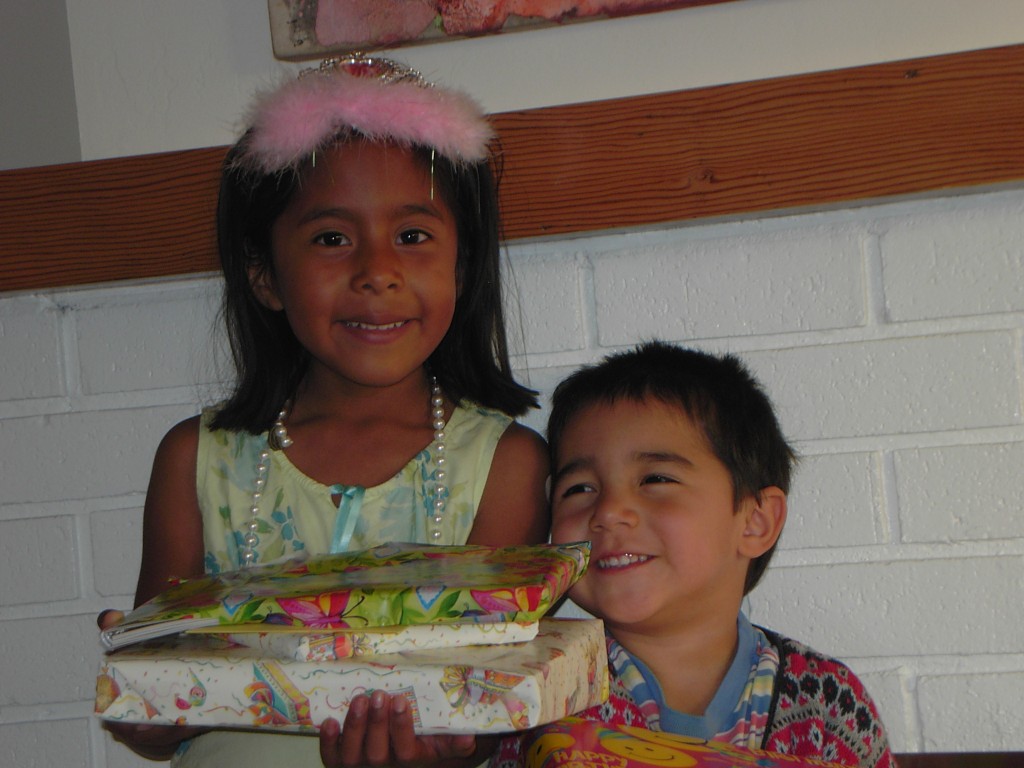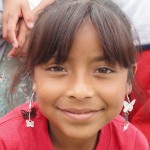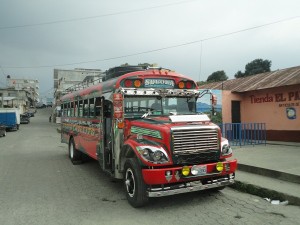As an older adoptive parent to two young children (ages 10 and 7), I’m always interested to see how other people handle the situation. Notice I didn’t write “challenge,” because for many folks, older parenting doesn’t present any more challenges than parenting when younger. In fact, couldn’t one say that parenting at any age challenges some more than others? The struggles remain constant regardless of age.
Parenting a child requires love and energy, of course, but it also requires dedication, and a single-minded drive to go the distance. Parenting is a marathon, not a sprint. More important than chronological age is level of commitment.
In this article on Huffington Post, Too Old To Adopt? Not The Case For These Parents, Ann Brenoff profiles several women and men who adopted as older parents, and whose children seem to be growing and thriving and doing just fine.
You’re never too old to adopt or love a child, say adoptive parents who were midlifers when they welcomed new family additions. In some cases, the parents had already raised children; for others, it was jumping on the parenting train for the first time before it left the station for good.
***
Lori McCoy’s adoption story had a more painful beginning: She lost her seven-month-old son to a form of muscular dystrophy. Her recovery from the death of her son took years. McCoy, who lives in the San Francisco Bay Area (and blogs for The Huffington Post), was 47 when she and her husband adopted Chanti, a 3-1/2-year-old girl from Cambodia. That was 10 years ago.
At 57, Lori finds she’s not the only older mom in her daughter’s class. “I know many who are my age or darn near close to it. Honestly, my age isn’t even a factor in our lives.
***
Karen Bradley, a 50-year-old single mom in the Phoenix area, had three biological children and then adopted another three. At the time of her last adoption, she was a week shy of her 46th birthday. “From a very early age, I always knew I wanted to adopt,” she said. “I fostered kids for nine years, and after seeing children returned to homes that were less than ideal, I decided to pursue international adoption.” Her first adoption was at age 40 — Kevin, a 4-1/2-year-old boy from China. She then adopted two more times: Bryndan, a 2-1/2-year-old girl from China when she was 43 and a seven-month-old baby girl, Macyn, from Ethiopia when she was 45.
“In some ways, being an older parent is easier,” Bradley said, “because I feel like I am more patient and have realistic expectations. I understood, and accepted the fact that adopting at such a late stage in my life would mean pushing retirement out until [Macyn] graduates college,” Bradley said, adding, “[it’s a] small price to pay for the absolute joy she brings to our lives.”



 ShareThis
ShareThis

























